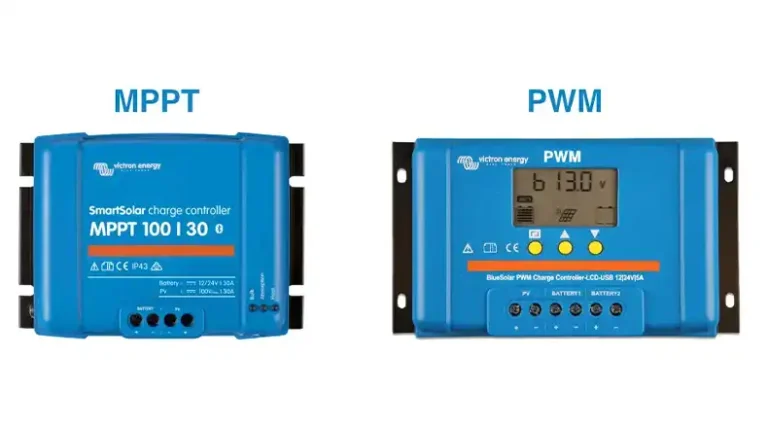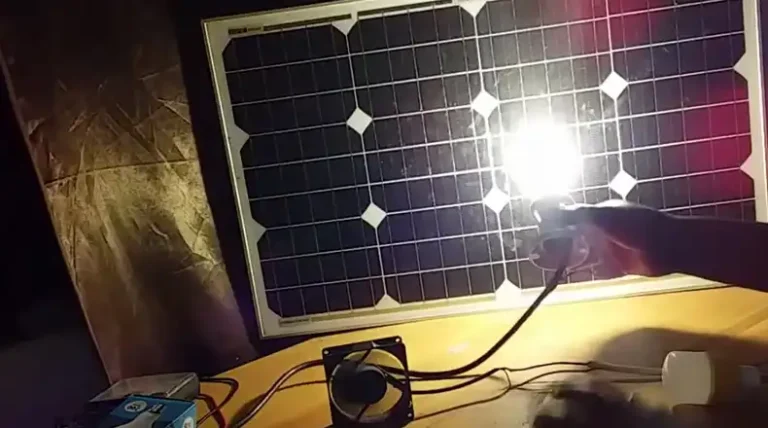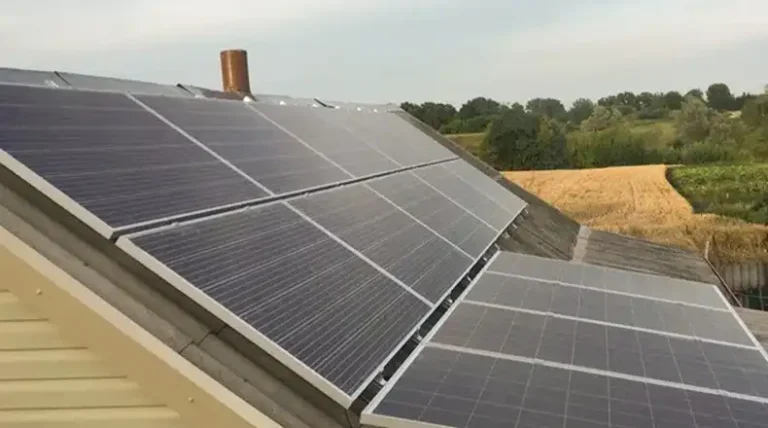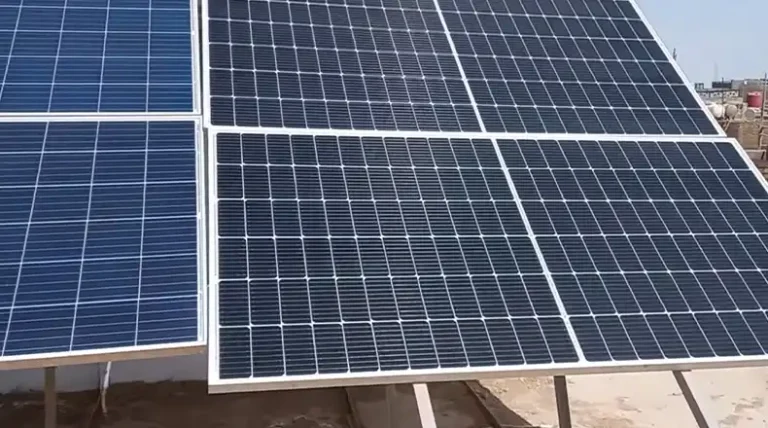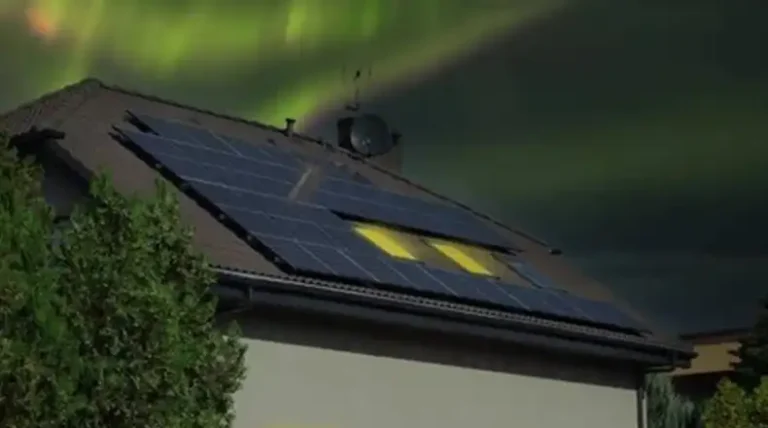Can a Solar Generator Power a Sump Pump?
Solar generators can produce enough electricity to power most of the home appliances. But what if the home has a sump pump? Can a solar generator power it?
The short answer is yes, a solar generator can power a sump pump, provided it has sufficient battery capacity and the ability to generate enough power to meet the pump’s energy demands.
In this guide, I will help you understand the complexities of using a solar generator to power a sump pump, covering everything from selecting the right components to optimizing your setup for maximum efficiency. So, if you’re tired of worrying about power outages rendering your sump pump useless, read on.
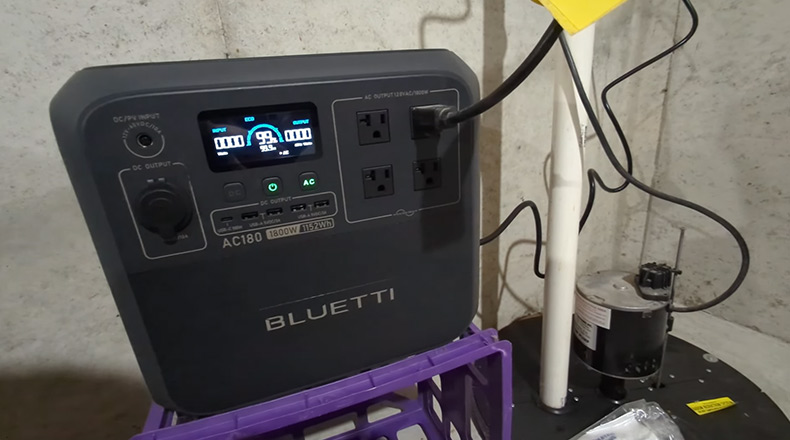
Solar Generators and Sump Pumps
In areas prone to flooding or heavy rainfall, having a reliable sump pump is crucial to prevent water damage and basement flooding. However, power outages can render these essential devices useless, leaving homeowners in a precarious situation. This predicament has led many to explore alternative power sources, such as solar generators, to keep their sump pumps running during emergencies.
Solar generators offer a sustainable and eco-friendly solution for powering essential home appliances, including sump pumps, during power outages or in off-grid situations.
Before we explore the specifics of powering a sump pump with a solar generator, let’s first understand these two essential components.
What is a Solar Generator?
A solar generator is a portable power system that combines solar panels, batteries, and an inverter into a single unit. It harnesses the sun’s energy through the solar panels and stores it in the batteries for later use. The inverter then converts the stored direct current (DC) from the batteries into alternating current (AC), which can power various household appliances and tools. Typical solar generators can provide anywhere from 500 watts to 3,000 watts of power, depending on the size and capacity of the unit.
What is a Sump Pump?
A sump pump is a device installed in the lowest part of a basement or crawl space to remove accumulated water and prevent flooding. It consists of a motor-driven pump that activates when the water level rises above a certain point, pumping the water away from the home through a discharge pipe. Most residential sump pumps require between 1,000 and 3,000 watts of power to operate, depending on their size and capacity.
Factors to Consider When Powering a Sump Pump with a Solar Generator
To ensure your solar generator can effectively power your sump pump, you’ll need to consider several factors:
1. Power Requirements of the Sump Pump
Sump pumps come in various sizes and power requirements, typically ranging from 1/3 horsepower (HP) to 1 HP. The higher the HP, the more powerful the pump and the more energy it will consume. Determine your sump pump’s power requirements in watts (W) or amps (A) by consulting the manufacturer’s specifications or the pump’s label.
For example, a ⅓ HP sump pump requires 800 watts of power while running and 1300-2900 watts of power when starting. On the other hand, a ½ HP sump pump requires 1050 watts of power when running and 2150-4100 watts of power when starting.
2. Battery Capacity and Runtime
The battery capacity of your solar generator determines how long it can power your sump pump during an outage. Look for a solar generator with a battery capacity that can provide enough runtime to cover the duration of a typical power outage in your area. Additionally, consider the battery’s depth of discharge (DoD), as discharging the battery too deeply can shorten its lifespan.
Let’s assume you have a typical 1/2 HP sump pump that requires around 600 watts of power. To determine the battery capacity needed, you’ll need to consider the desired runtime and the battery’s depth of discharge (DoD).
For example, if you want to achieve a runtime of 8 hours and your battery has a DoD of 50% (a common value to prolong battery life), you can calculate the required battery capacity as follows:
Battery Capacity (Watt-hours) = Power Requirement (Watts) × Desired Runtime (Hours) / DoD Battery Capacity = 600W × 8 hours / 0.5 Battery Capacity = 9,600 Watt-hours (or 9.6 kWh)
Most solar generators come with lead-acid or lithium-ion batteries, ranging from a few hundred watt-hours to several kilowatt-hours. A battery capacity of around 10 kWh should be sufficient to power your sump pump for 8 hours while staying within the recommended DoD.
3. Solar Panel Output
To effectively recharge the batteries and maintain continuous operation, you’ll need solar panels with sufficient output. The required solar panel output depends on factors like your location’s average sun exposure, the battery capacity, and the desired recharge time.
As a rough estimate, a solar panel output of around 500-1000 watts (or 3-6 solar panels with an output of 150-200 watts each) should be able to recharge a 10 kWh battery in 6-8 hours of peak sunlight, assuming optimal positioning and minimal shading.
4. Inverter Capacity
The inverter in your solar generator converts the stored DC power from the batteries into AC power that your sump pump can use. To determine the required inverter capacity, you’ll need to consider the sump pump’s running power requirement and its startup power requirement (which is typically higher).
For a 1/2 HP sump pump with a running power requirement of 600 watts, you’ll likely need an inverter with a capacity of at least 1,000-1,500 watts to handle the startup power surge. Many solar generators come with inverters in this range, but it’s always best to check the specifications and consult with the manufacturer or a professional installer.
5. Energy Efficiency
Consider the energy efficiency of both your solar generator and your sump pump. More efficient components will reduce the overall power requirements and extend the runtime of your solar generator.
By carefully considering and estimating these factors, you can ensure that your solar generator setup can effectively power your sump pump and provide a reliable, eco-friendly solution for your home’s water management needs.
Summing Up
Powering a sump pump with a solar generator is a viable and environmentally friendly solution that can provide peace of mind during power outages or in off-grid situations. By carefully considering factors such as power requirements, battery capacity, solar panel output, inverter capacity, and energy efficiency, you can ensure a seamless and reliable operation. Thank you for taking the time to read this comprehensive guide. We hope it has equipped you with the knowledge and confidence to implement a solar-powered sump pump solution in your home. If you have any further queries or need clarification, please feel free to leave a comment below, and we’ll be happy to assist you.
Other Related Questions
What Is The Average Runtime Of A Solar Generator For A Sump Pump?
The average runtime of a solar generator for a sump pump can vary significantly depending on factors like battery capacity, solar panel output, and the sump pump’s power requirements. Generally, a well-sized solar generator can provide 8-12 hours of runtime for a typical sump pump.
Can A Solar Generator Power A Sump Pump Continuously?
No, a solar generator cannot power a sump pump continuously without recharging the batteries. The runtime is limited by the battery capacity and solar panel output. Regular recharging through sunlight or other sources is necessary for continuous operation.
How Long Does It Take To Recharge A Solar Generator’s Batteries?
The recharge time for a solar generator’s batteries depends on the battery capacity, solar panel output, and sunlight availability. On average, it can take 4-8 hours of direct sunlight to fully recharge the batteries, but this can vary based on the specific setup.
Is It Necessary To Have A Backup Sump Pump With A Solar Generator?
While a solar generator can provide reliable power for a sump pump, it is recommended to have a backup sump pump or alternative power source in case of extended periods of cloudy weather or other unforeseen circumstances that may prevent the solar generator from recharging effectively.
Can A Solar Generator Power Other Appliances In Addition To A Sump Pump?
Yes, a solar generator can power other appliances in addition to a sump pump, as long as their combined power requirements do not exceed the generator’s output capacity. However, it’s important to prioritize the sump pump.


